Archaeological excavations at Cerro do Oiro reveal a vast structure built in stone that surrounds an unknown prehistoric tomb. At Alferce Castle, the excavations will focus on the two fortified precincts that crown the hill, as well as on the so-called “prehistoric platform”.
The Municipality of Monchique is currently running two important archaeological research projects on different moments of its rich past. Both promoted and supported by the local authority, take place within the framework of technical-scientific collaboration protocols signed with the University of the Algarve, which will last for the next few years.
One of these projects, called “Towards a recovery of prehistoric tomb manifestations in the surroundings of Caldas de Monchique”, started this year, under the coordination of Professor António Faustino Carvalho, and aims, as its name indicates, to re-study the numerous prehistoric tombs in the surroundings of Caldas de Monchique, known since the 1930s, and the excavation of a tomb recently discovered by Dr. Fábio Capela, archaeologist of the municipality, who has the suggestive name of Cerro do Oiro. These works will continue until 2023.
Indeed, after the tragic fires of August 2018, the services of the Municipality of Monchique began systematic prospecting work throughout the burned area.
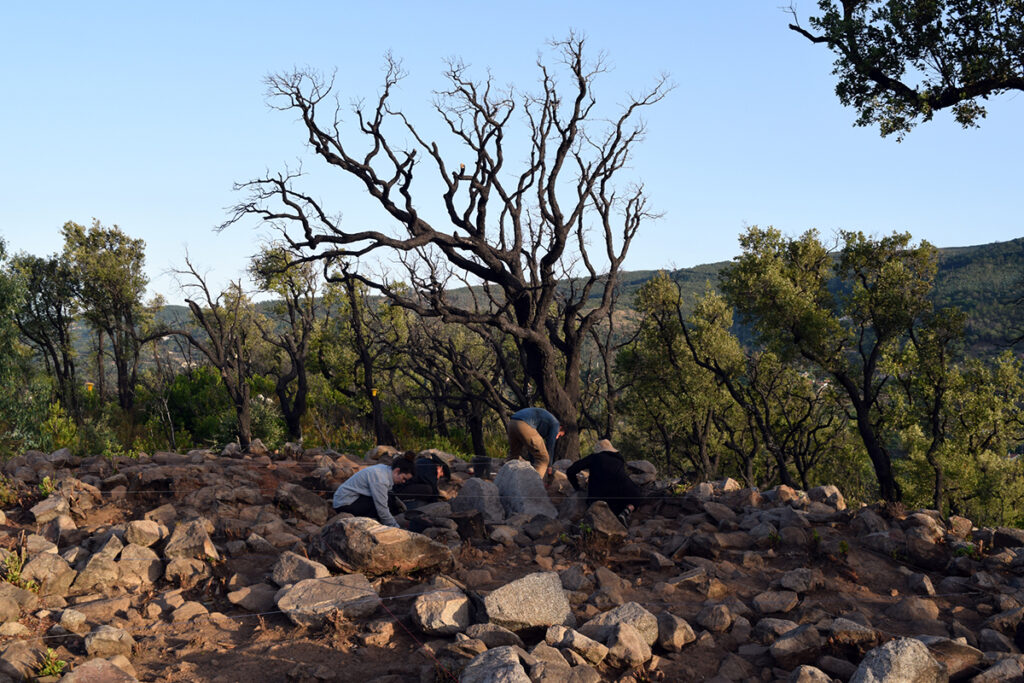
The interest of these works was particularly relevant in the surroundings of Caldas de Monchique, since, between the late 1930s and early XNUMXs, a team of three archaeologists, consisting of José Formosinho, Abel Viana and Octávio da Veiga Ferreira, discovered there, and quickly began the excavation of a remarkable group of small Neolithic sepulchers spread over several rural properties.
These small tombs, of varying sizes, but about four meters long and rectangular in plan, revealed several objects that accompanied the deceased.
These were flint arrowheads, knives made from the same rock, and axes and small adzes in metamorphic rocks, sometimes accompanied by tiny discoid beads belonging to necklaces or bracelets, a collection that is now deposited in the Dr. José Municipal Museum. Formosinho, in Lagos.
However, the importance of these simple architectures and these simple assets was, from the outset, considered very unique on a European scale. Many Portuguese, Spanish and British researchers would consider this set of tombs the architectural prototype of the great stone constructions typical of the Neolithic of Europe, that is, the model from which all the great tombs of this time would be built, the so-called dolmens or tapirs.

Those prospecting works in 2018 would, therefore, be able to relocate these small tombs, most of which were now hidden under a thick vegetation of strawberry trees and cistus, and would even be able to identify a few more.
Among the new sites, there is thus an important tomb built on top of the hill that goes by the name of Cerro Oiro. The archaeological excavations at this site, which began at the end of last June, under the direction of Dr. Fabián Cuesta-Gómez, researcher of this project, are uncovering the top of a vast prehistoric tomb most likely built in the Neolithic, six thousand years ago.
The tomb itself, made up of pillars (that is, large syenite slabs placed vertically) delimiting a polygonal funerary chamber, appears to have at least 3 meters on a side.
However, the stone tomb structure that surrounds this chamber is truly massive and occupies the entire top of the hill, forming different platforms around the tomb.
In fact, its area and thickness seem to extend the conical configuration of the hill itself, which even allows us to understand why it went unnoticed by the archaeologists working in the region in the middle of the last century.
This remarkable prehistoric monument, undoubtedly one of the largest in the Algarve region in its category, is thus an unexpected discovery.
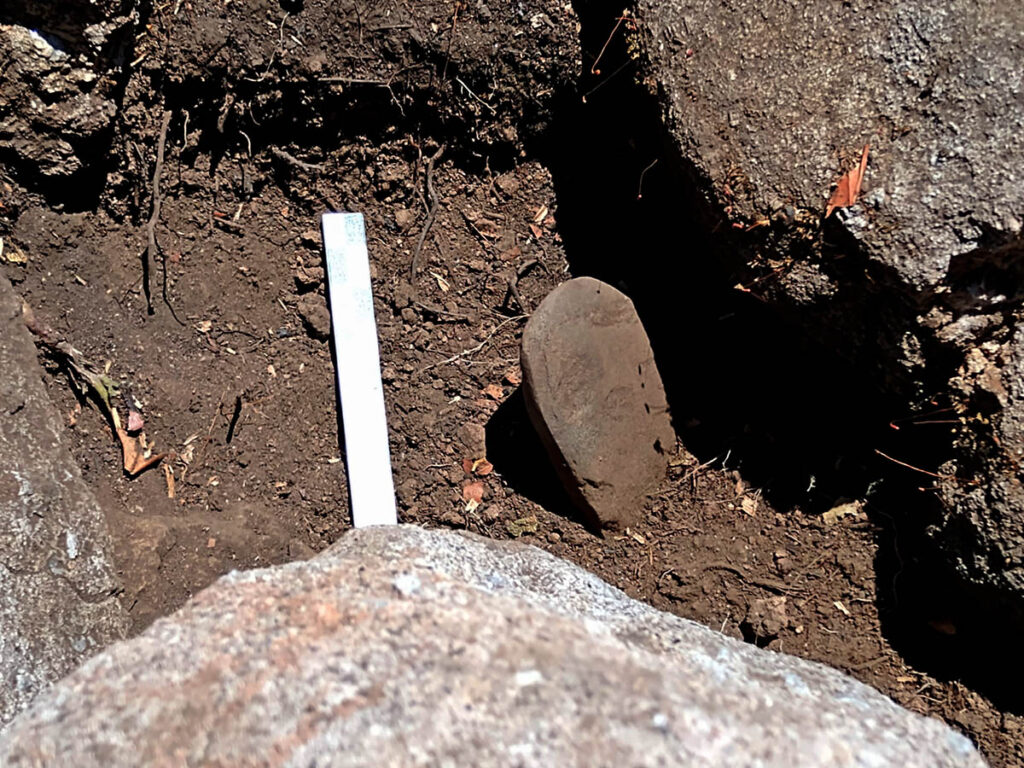
The materials already recovered include some small pottery fragments and an ax in polished stone, which confirms the time when this great monument is presumed to have been built.
The excavation of the superficial layers revealed the degree of affectation that the planting and growth of large trees caused in the conservation of the monument, as well as some human action, the result of a curiosity inherent to the imposingness of the place, which the name Cerro do Oiro itself seems to have. evoke.
Notwithstanding these affectations, the works were already able to define the superficial part of the central area of the monument, revealing some of its architectural characteristics. Only with the continuation of the work, and once the original floor of the tomb, where the funerary depositions took place, is reached, will it be possible to identify contexts and more materials associated with the initial moment of use of this tomb.
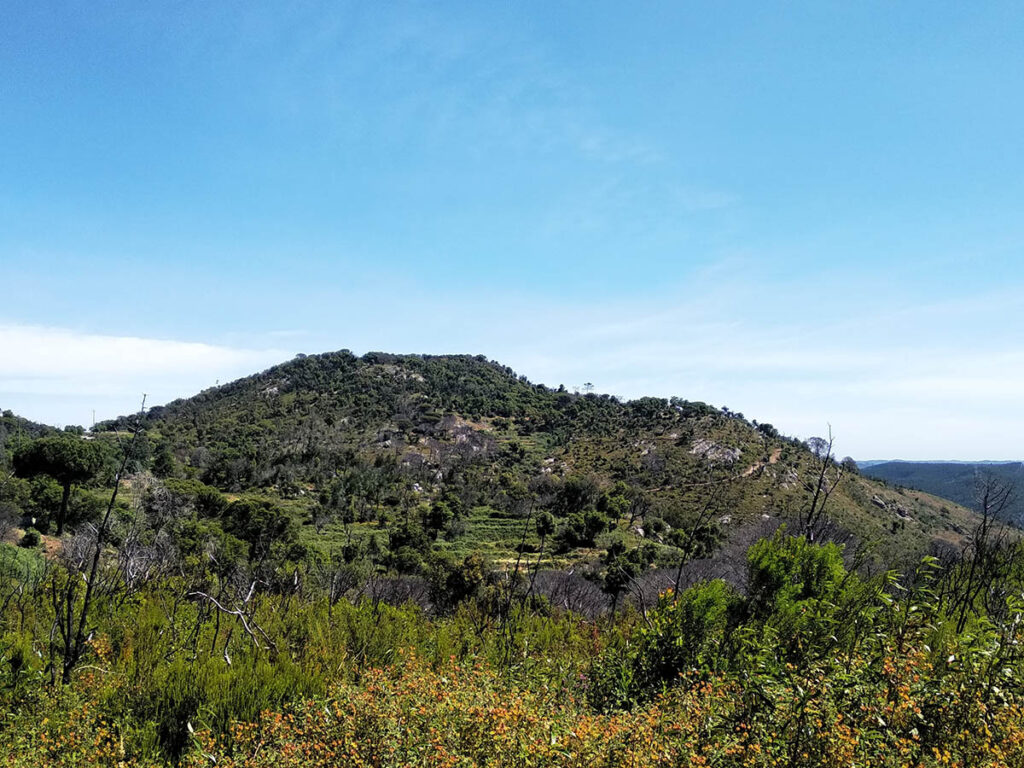
"From Recent Prehistory to Medieval Islamic: ancient human occupations on the Cerro do Castelo de Alferce" is the name of the research project that has been in place since 2020 and dedicated exclusively to the study of this remarkable testimony of the Islamic period.
This is a research project also promoted by Municipality of Monchique, in partnership with the University of Algarve, the University of Évora and the Archaeological Field of Mértola, which has the support of several entities, namely the Parish Council of Alferce.
Formed by a multidisciplinary research team, which includes researchers with various technical-scientific skills, the main objective of the project is, precisely, the scientific study of Cerro do Castelo de Alferce and the surrounding territory, by tracking their ancient human occupations and analysis of the respective traces.
The Cerro do Castelo de Alferce is a fortified town that occupies a rocky elevation with a maximum altitude of 487 meters. The archaeological site is composed of three non-concentric walled enclosures, and it should be noted that the commonly called Alferce Castle corresponds to the upper fortified enclosure.
In addition to the Islamic-Omiad occupation, from the XNUMXth to XNUMXth centuries AD, this hill also contains archaeological remains from recent phases of Prehistory, namely within the Chalcolithic and Bronze Age periods, which took place respectively in the XNUMXrd and XNUMXnd millennia BC. It can be seen, therefore, that this place was occupied by different human communities and at different civilizational moments.

Taking into account the results of the archaeological campaign carried out in the summer of 2020, this year it is intended to continue investigating the space located between the west wall sections of the two fortified enclosures on the top of the hill.
The cleaning and registration of some walled segments that make up the two fortified enclosures will also be carried out, as well as new archaeological surveys will be carried out.
In addition, the entrance site to the upper fortified enclosure will also be intervened, and an archaeological survey will also be carried out on the so-called “prehistoric platform”.
Altogether, these archaeological research works, which will take place until the end of August, will profoundly transform knowledge of Monchique's most remote past.
Its objective importance has already aroused the interest of several other entities, national and foreign, in associating themselves with these research projects and in pursuing them in different ways.
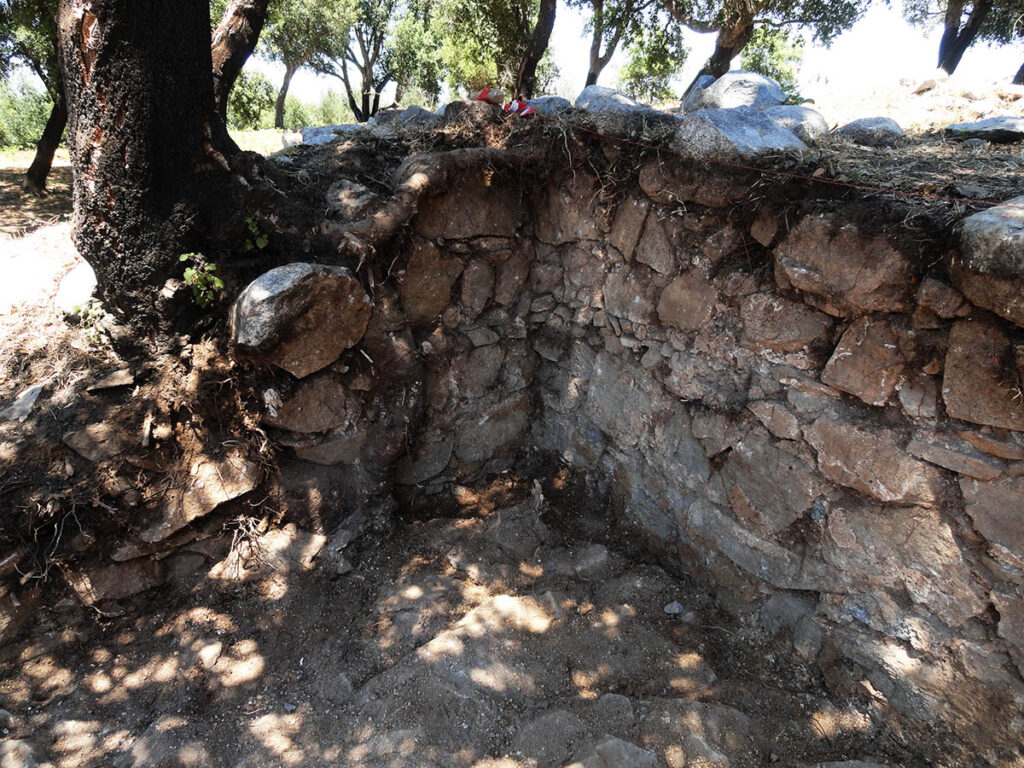
The University of Gothenburg, Sweden, where an international project to study megalithism, entitled “Neolithic Seafaring and Maritime Technologies Shaped a New World of Megalithic Societies”, financed by the European Research Council from the European Union, will carry out several laboratory analyzes on the objects to be recovered in the excavations of prehistoric tombs, in collaboration with the Algarve university, and other international collaborations are currently being designed.
Also the Archaeological Association of Algarve decided to subsidize these works, directly supporting the expenses related to the stay of the numerous volunteer collaborators in these works, which bring together students from all higher education cycles from Portuguese, Spanish and Swedish universities. These works thus constitute, in practice, school-camps which, therefore, also fulfill an important formative role.
The autarchy, however, does not want to see this past “confined” to the scientific environment. In addition to the natural contact between participants and local populations, other dissemination actions are also planned for citizens.
Among these, “open days” will take place. In other words, days when anyone interested can go to the excavations and obtain, by voice from those responsible, the information they want about these archaeological sites and their heritage and historical importance.
On the pages of Sul Informação, will also continue to publish in the near future news about the progress and results of all these works.














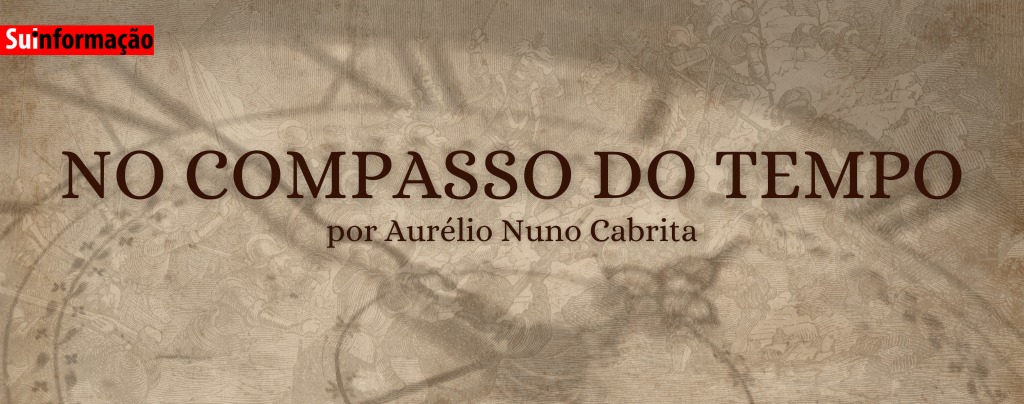





Comments